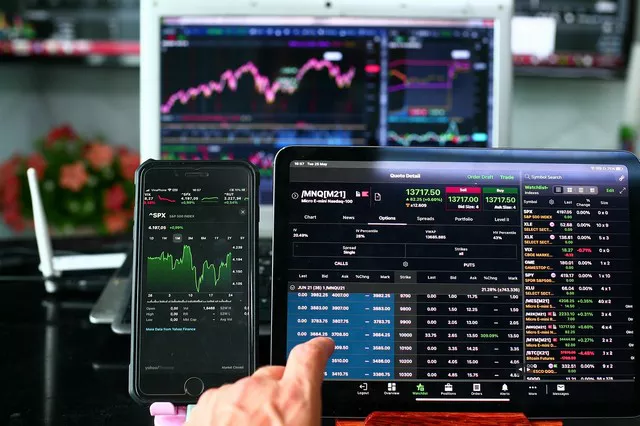Commodity futures trading provides investors with a unique opportunity to participate in the price movements of various raw materials, including metals, energy, agricultural products, and more. Trading commodity futures can be a profitable venture, but it requires a deep understanding of the market, effective strategies, and risk management techniques. In this article, we will provide a detailed guide on how to trade commodity futures, outlining essential steps, strategies, and considerations for success.
Understanding Commodity Futures
What are Commodity Futures?
Commodity futures are contracts that allow traders to speculate on the future price movements of physical commodities.
Each contract represents a standardized quantity and quality of the underlying commodity.
Commodity futures contracts are traded on regulated exchanges, providing transparency, liquidity, and standardized contract specifications.
Key Participants:
Hedgers: These participants use commodity futures contracts to hedge against price fluctuations and manage their exposure to price risk in the physical market.
Speculators: These individuals aim to profit from price movements in commodity futures without intending to take physical delivery of the underlying commodity.
Market Makers: These entities facilitate liquidity in the market by buying and selling commodity futures contracts.
Steps to Trade Commodity Futures:
Education and Research:
Gain a comprehensive understanding of the specific commodity you wish to trade, including its supply and demand dynamics, seasonality, and factors influencing its price.
Study technical analysis tools, such as chart patterns and indicators, to identify potential entry and exit points.
Stay updated on relevant news, weather conditions, government policies, and geopolitical events that impact the commodity market.
Select a Reliable Brokerage:
Choose a reputable brokerage firm that offers access to a wide range of commodity futures markets.
Ensure the brokerage provides competitive commission rates, reliable trade execution, and access to real-time market data.
Open a Futures Trading Account:
Open a futures trading account with your chosen brokerage.
Complete the required documentation and comply with margin and account funding requirements.
Familiarize yourself with the trading platform and understand order types, margin requirements, and other trading features.
Develop a Trading Plan:
Define your trading objectives, risk tolerance, and timeframes for holding positions.
Determine your entry and exit strategies based on technical analysis, market trends, or other indicators.
Set realistic profit targets and establish risk management rules, such as stop-loss orders and position sizing.
Strategies for Commodity Futures Trading
Trend Following:
Identify and trade in the direction of the prevailing trend in the commodity market.
Use technical indicators, such as moving averages or trendlines, to confirm trend direction and potential reversal points.
Implement risk management techniques, such as trailing stops, to protect profits and limit losses.
Breakout Trading:
Monitor chart patterns and identify key levels of support and resistance.
Enter trades when the price breaks out above resistance or below support levels, anticipating strong price movements.
Set stop-loss orders to manage risk in case of false breakouts.
Seasonal Trading:
Analyze historical price patterns and seasonal trends specific to the commodity you are trading.
Take advantage of recurring patterns influenced by factors like weather conditions, harvest seasons, or demand fluctuations.
Adjust position sizes and trading strategies based on seasonal trends and market behavior.
Risk Management and Trade Execution
Risk Management:
Determine the maximum risk per trade based on your overall trading capital and risk tolerance.
Implement stop-loss orders to limit potential losses and protect profits.
Diversify your portfolio by trading multiple commodities to reduce exposure to individual market risks.
Trade Execution:
Use limit orders to enter and exit trades at specified price levels.
Ensure your broker provides reliable and fast order execution to minimize slippage.
Regularly monitor your trades and make adjustments as necessary based on changing market conditions and your trading plan.
Conclusion
Commodity futures trading offers the potential for substantial profits, but it requires a solid understanding of the market, effective strategies, and risk management techniques. By following the steps outlined in this comprehensive guide, you can embark on a successful commodity futures trading journey. Remember to conduct thorough research, develop a robust trading plan, implement risk management strategies, and continuously adapt to changing market conditions. With dedication, discipline, and a cautious approach, commodity futures trading can become a valuable component of your investment portfolio.


